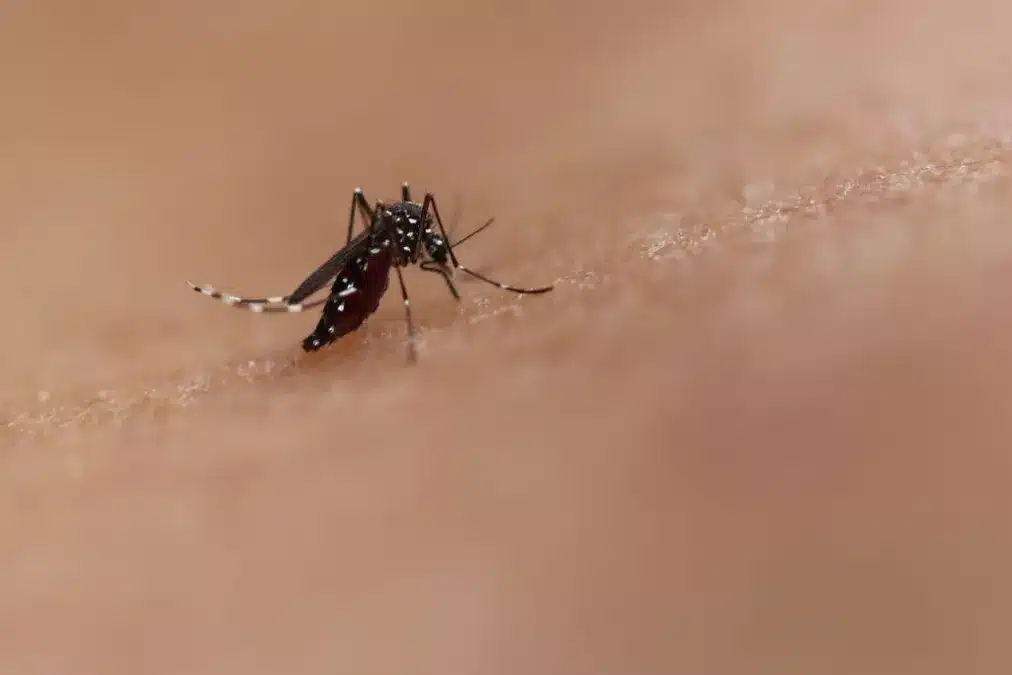China Faces Surge in Chikungunya Virus Cases, Reporting 7,000 Infections

More than 7,000 cases of chikungunya, a mosquito-borne virus, have been reported in China’s Guangdong province since July, prompting authorities to implement stringent measures reminiscent of those used during the Covid-19 pandemic. The city of Foshan has been particularly hard hit, with patients required to remain hospitalized under strict conditions. The virus, which causes fever and severe joint pain, is not contagious but has raised concerns among the public due to its unfamiliarity in China.
Extent of the Outbreak in Guangdong
The chikungunya outbreak has spread beyond Foshan, affecting at least 12 other cities within Guangdong province. In the past week alone, nearly 3,000 new cases have been reported. The situation escalated when Hong Kong confirmed its first case, involving a 12-year-old boy who developed symptoms after traveling to Foshan. Health officials have emphasized that the virus is not contagious; it spreads only through mosquito bites. So far, most cases have been mild, with 95% of patients discharged within a week. However, the unfamiliarity of the virus has led to public anxiety, with social media users expressing their fears about the potential long-term effects. The U.S. government has advised travelers to China to exercise increased caution in light of the outbreak.
Government Response to Control the Virus
In response to the rising number of infections, Guangdong authorities have pledged to take “decisive and forceful measures” to curb the spread of chikungunya. Residents exhibiting symptoms such as fever, joint pain, or rashes are encouraged to seek immediate medical attention for testing. To combat mosquito breeding, officials are urging residents to eliminate stagnant water sources in their homes, with fines of up to 10,000 yuan (approximately $1,400) for non-compliance. Additionally, the province is deploying “elephant mosquitoes,” which prey on smaller mosquitoes that transmit chikungunya, and releasing mosquito-eating fish into local water bodies. In Foshan, officials have even utilized drones to identify stagnant water sources. While some neighboring cities initially imposed a 14-day home quarantine for travelers from Foshan, this measure has since been rescinded. Public reactions have been mixed, with some comparing current measures to those taken during the pandemic and questioning their necessity.
Understanding Chikungunya
Chikungunya is characterized by symptoms that typically appear three to seven days after being bitten by an infected mosquito. Common symptoms include fever, joint pain, rash, headache, muscle pain, and swollen joints. While most patients recover within a week, severe cases can lead to prolonged joint pain lasting months or even years. Vulnerable populations, including newborns, the elderly, and individuals with pre-existing health conditions, are at greater risk for severe illness. Although there is no specific cure for chikungunya, fatalities are rare. The virus was first identified in Tanzania in 1952 and has since spread to over 110 countries. The World Health Organization recommends reducing stagnant water to prevent the virus’s spread, emphasizing the importance of community action in controlling outbreaks.
Observer Voice is the one stop site for National, International news, Sports, Editor’s Choice, Art/culture contents, Quotes and much more. We also cover historical contents. Historical contents includes World History, Indian History, and what happened today. The website also covers Entertainment across the India and World.

